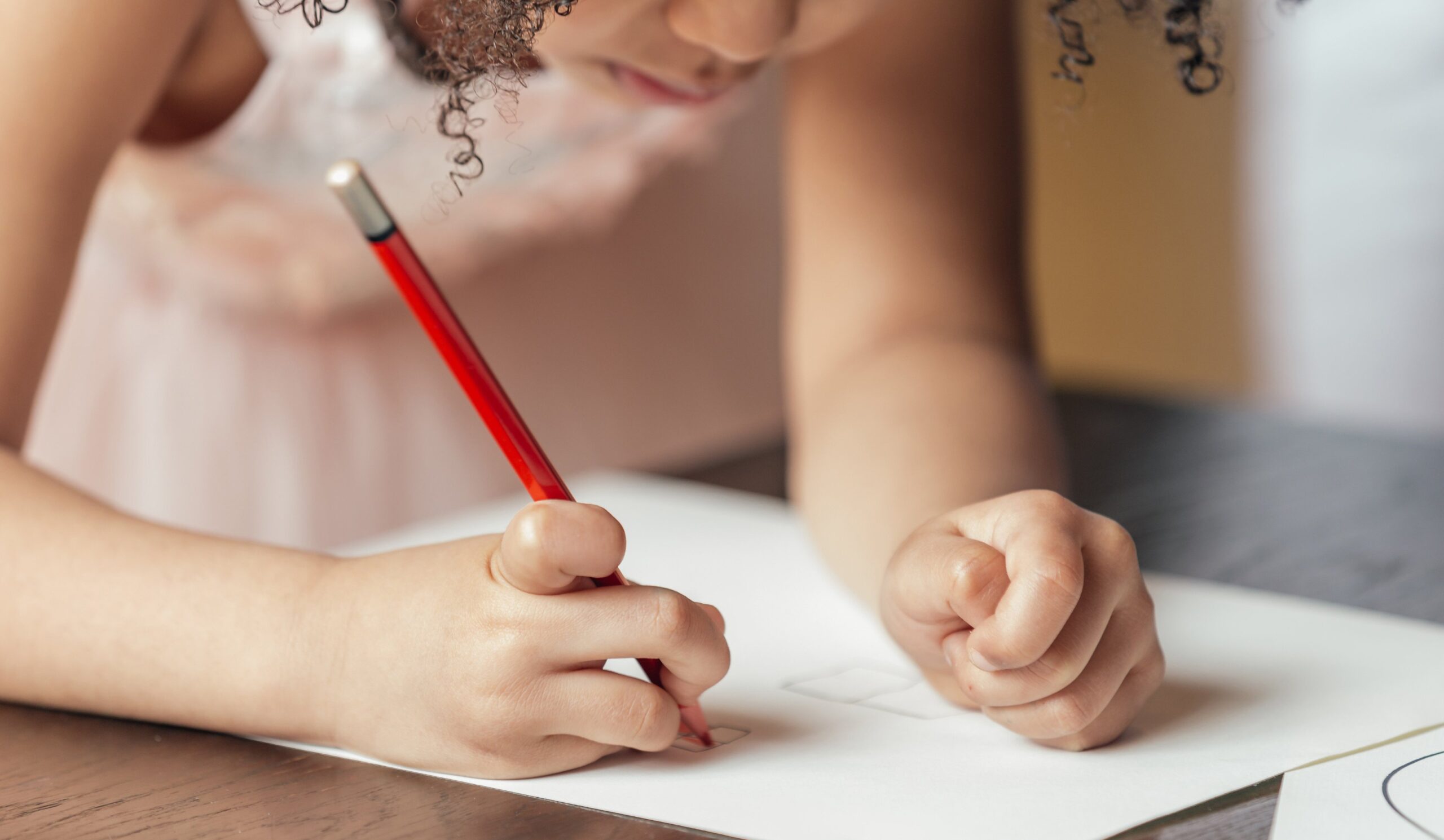Have you been toying with the idea of Project-Based Learning? Maybe admiring the PBL buzz in the classroom of a colleague, or getting excited from the ideas you see shared by fellow teachers on Twitter? As you look ahead at the year in front of you, NOW is the time to think about the ideal moment for dipping your toe in the waters of PBL.
There will never be a better time to step back and look at the big picture than the moment you are in NOW. So zoom back, dream big, and get back to your “why.” Take a moment to reflect on what you hope your students walk away with at the end of the year and explore how PBL could be a vehicle to get them there with these three steps:
Defining the Enduring Understanding
If you were trained in Understanding By Design, you may remember what an Enduring Understanding (EU) is — I like to tell teachers that it’s what we want our students to ultimately remember 10 years from now. When we craft an EU for our planning we want to think about a few important things:
-
Content at the core (teacher tip: start with your power standards).
-
The potential for real-world connections (this is the key to authenticity).
-
The learning can transfer to a variety of contexts (geographic, time, discipline, etc.).
When planning a project, I draw the EU as an umbrella or an arc. This arc serves as a framework for guiding all the learning that will happen over the course of a specific time, whether it be a project, a unit, or a school year. Want to see what this looks like in the context of a project? Check out examples and steps here.

A planning process for PBL.

Jennifer Pieratt working with teachers in a PBL planning session.
Enduring Understanding Arcs
Developing an Enduring Understanding (EU) is a foundational step in project design, and it’s also a great first step to use when developing your scope and sequence for the year. You can use one single EU arc to think about a general theme for the year, and then have smaller EUs within the larger arc for individual units or projects.
For example, many teachers with whom I work with use an NGSS theme of human impact as an EU arc: “Humans impact their surroundings, but can work together to improve conditions.” Within this theme for the year, they then break down two or three projects that support this overarching EU. A smaller EU may include any number of topics related to natural resources, development, biodiversity, or even community. For example: “We can educate and inspire our community to make positive energy choices for our local ecosystem.”
Deciding When It’s a Good Fit For a Project
As you begin to map these EU arcs, you’ll naturally gravitate toward some topics. You’ll quickly find that some content lends itself more easily to crafting an EU statement with real-world context than others. Throughout this process, you may get stuck — wondering how you make an authentic connection or how to make the content transcend context. When this happens, give yourself permission to say this will be a stand-alone unit in your year and not an appropriate place for a project.
It doesn’t take away the value of learning by acknowledging that it’s not a good fit for a project. Students can still do engaging, hands-on, inquiry activities or participate in meaningful discourse through a problem-based experience.
As we look at our plans for the year, it’s important to be honest about there being “enough juice for the squeeze,” meaning by devoting more time and resources and linking a product to the outcomes, we feel confident that students will truly learn more deeply.

Very few schools exist as wall-to-wall PBL schools, and even in those types of schools seasoned PBL facilitators will tell you not all content fits into a project. So as you plan your year, hone in on where EUs are feeling seamless and make that your starting point for planning a project!
Keep an eye out for Part Two of this Back to School Series to help you further build out that PBL starting point you’ve now identified.







